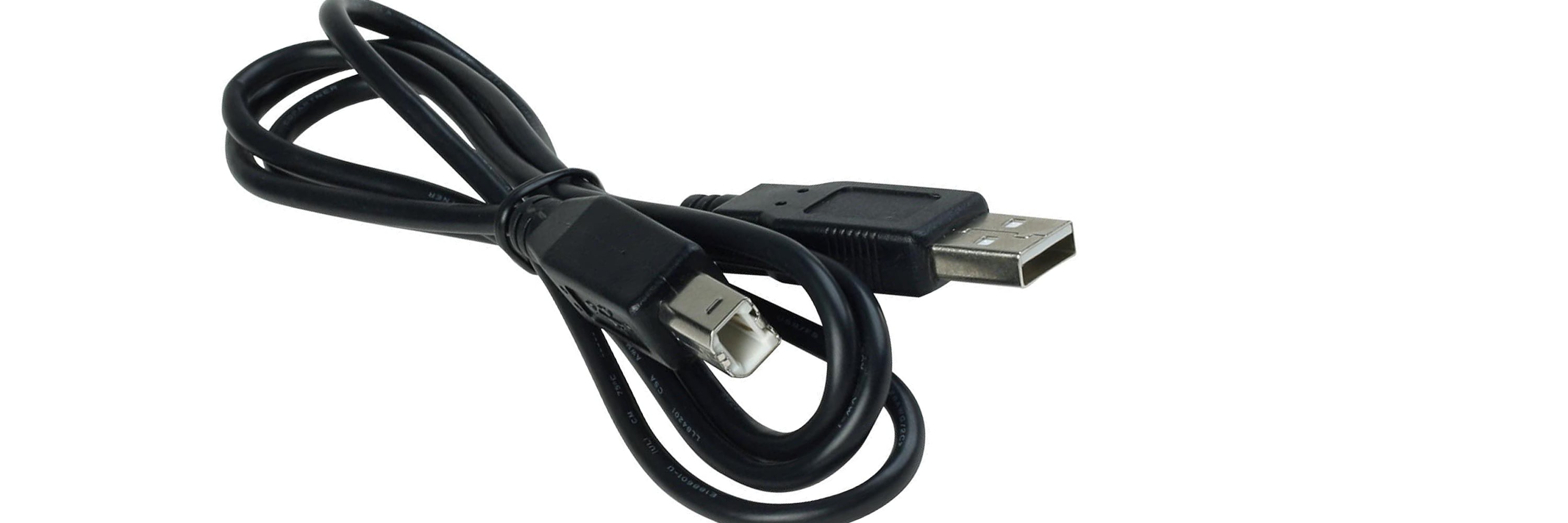Discover the best USB printer cables for fast and reliable connections. Learn how to choose the right cable for your printer, troubleshoot issues, and more.
Imagine you’re about to print an important document, and suddenly, your printer refuses to cooperate. Frustrating, right? Often, the culprit is an unreliable USB printer cable! The right cable can make a world of difference, ensuring fast, stable, and stress-free printing. In this ultimate guide, we break down everything you need to know—from cable types to troubleshooting tips—to keep your printing experience smooth and effortless.
Why USB Printer Cables Matter
A USB printer cable is the lifeline between your printer and computer. A poor-quality or incompatible cable can lead to slow printing, frequent disconnections, or complete printer failure. But don’t worry, by the end of this guide, you’ll know exactly what to look for in a cable to avoid these problems.

Different Types of USB Printer Cables (And Why They Matter!)
Not all USB printer cables are created equal! Here’s a quick rundown:
- USB 2.0 Printer Cable – The most common type, ideal for most home and office printers. Transfers data at speeds up to 480 Mbps.
- USB 3.0 Printer Cable – A game-changer for high-speed printing, boasting transfer speeds of up to 5 Gbps.
- USB-C to USB-B Cable – Designed for modern laptops with USB-C ports, ensuring fast and seamless connectivity.
- Micro USB or Mini USB Printer Cables – Found in specialized compact printers and label makers.
Looking for a top-quality USB printer cable? Check out this durable and high-speed option!
Choosing the Right USB Printer Cable: What to Look For
Selecting the right cable doesn’t have to be overwhelming. Here’s what you need to consider:
- Compatibility: Check your printer’s port (USB-B, USB-C, or Mini USB) before buying a cable.
- Length Matters: Standard lengths range from 1.5m to 5m. Need more distance? Use an active repeater cable to prevent signal loss.
- Quality & Shielding: Go for cables with gold-plated connectors and shielding to minimize interference.
- Durability Counts: A braided or reinforced cable lasts longer and withstands wear and tear better.
Not sure which one to pick? This high-quality USB printer cable is built to last and ensures a stable connection every time!
Troubleshooting Common USB Printer Cable Issues
Even with the best cable, issues can arise. Here’s how to fix them quickly:
1. Printer Not Recognized?
- Double-check if the cable is securely plugged in.
- Switch to a different USB port.
- Update your printer drivers.
2. Slow Printing?
- Use a high-speed USB 2.0 or USB 3.0 cable.
- Check for pending firmware updates on your printer.
- Avoid excessively long cables that could cause signal degradation.
3. Frequent Disconnections?
- Inspect the cable for signs of wear and tear.
- Upgrade to a shielded cable to minimize interference.
- Restart your printer and computer to refresh the connection.

A reliable USB printer cable is essential for hassle-free printing. Choosing a high-quality cable ensures stable connections, fast data transfer, and fewer headaches. Whether you need a standard USB 2.0 or a high-speed USB 3.0 cable, investing in the right one saves you time and frustration. It is always wise to pay attention to the type of printer to avoid complications in the way it prints work and its connectivity.
Looking for a dependable cable? Grab this trusted USB printer cable today and enjoy smooth printing without interruptions!
For more tech guides and product recommendations, stay tuned!
Frequently Asked Questions
Most printers use a USB-A to USB-B cable. Check your printer’s specifications to confirm the exact type.
No! Not all USB cables are designed for data transfer. Ensure you choose one specifically meant for printers.
Up to 5 meters is safe. If you need a longer cable, use an active USB extension to maintain signal strength.
This could be due to a faulty cable, outdated drivers, or a problematic USB port. Try a different cable and update your drivers.

